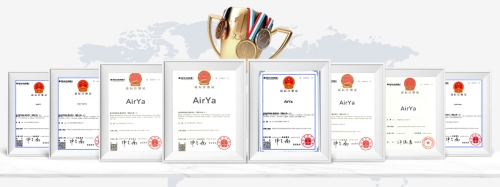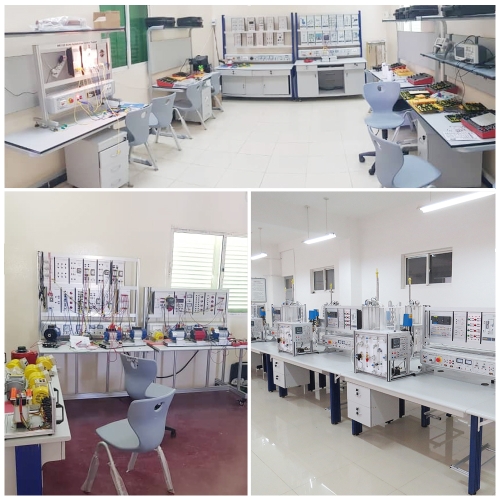Batch Solvent Extraction And Desolventising Unit Didactic Equipment Vocational Education Equipment Food Machine Trainer
Item No.: FT29
Batch Solvent Extraction And Desolventising Unit Didactic Equipment Vocational Education Equipment Food Machine Trainer

